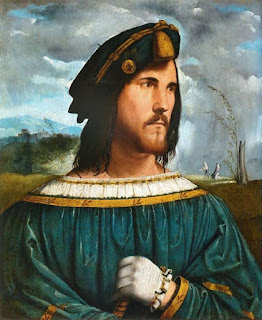2022 Reading List

2022 Reding List Personally, with the Pandemic on the back end and the ability to leave my home now more and more. With that I have been reading a lot less than I was the previous year due to being stuck at home. I still maintain regular reading of all my education text books and books to keep up with school. I enjoyed each read and each text had something to teach or show about myself or people as a whole. Beaumarchais, Pierre. The Marriage of Figaro. Elephant Paperbacks, 1778. The Marriage of Figaro is a romantic comedy at its core. It is about a common man and his love trying to marry together while they're those above him seek to stop that Through clever the planning of figaro and his hilarious nature/ antics he overcomes his obstacles, gets his love, and outsmarts those who seek to hurt him and his love. The story is funny romantic and drama all throughout but co...





